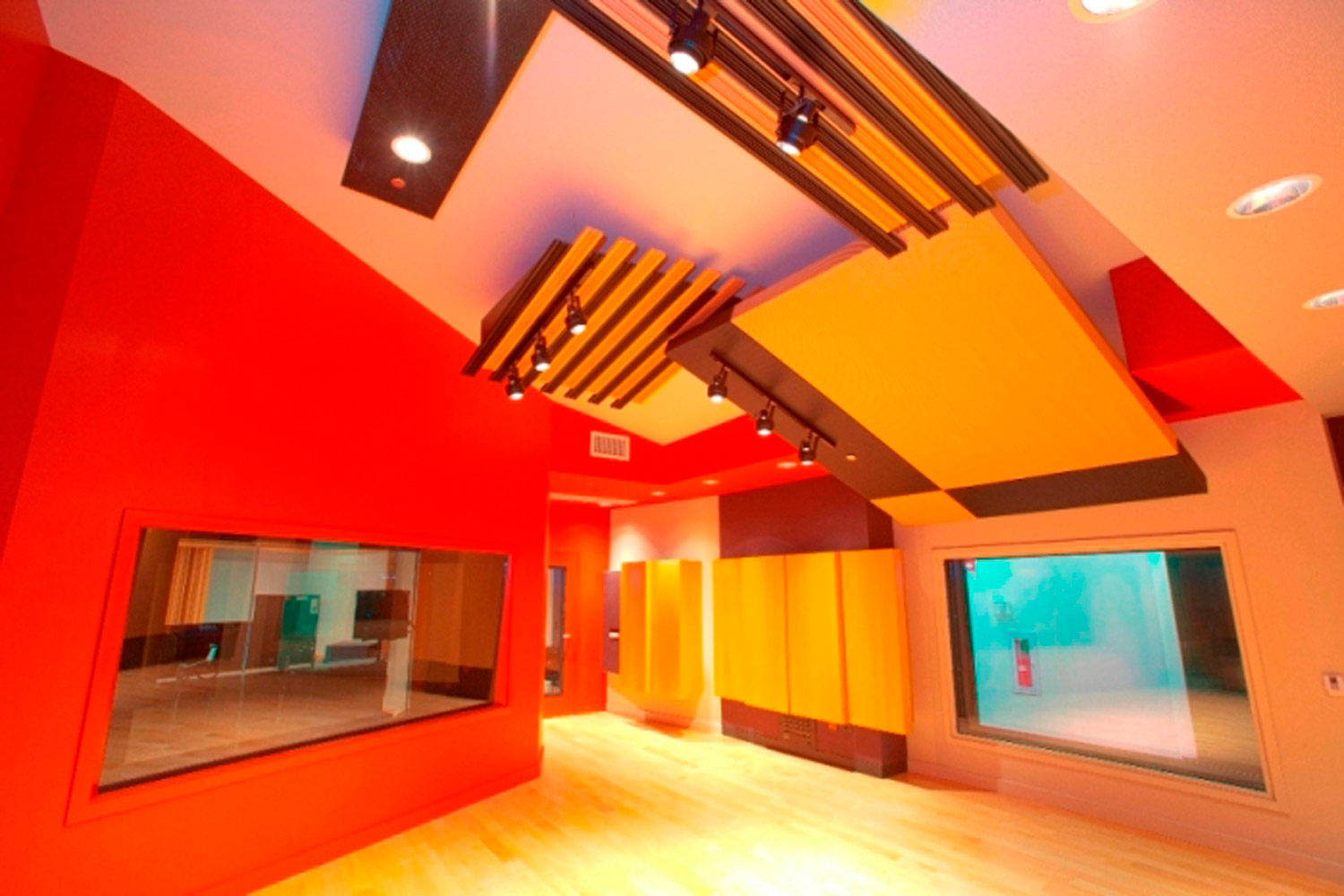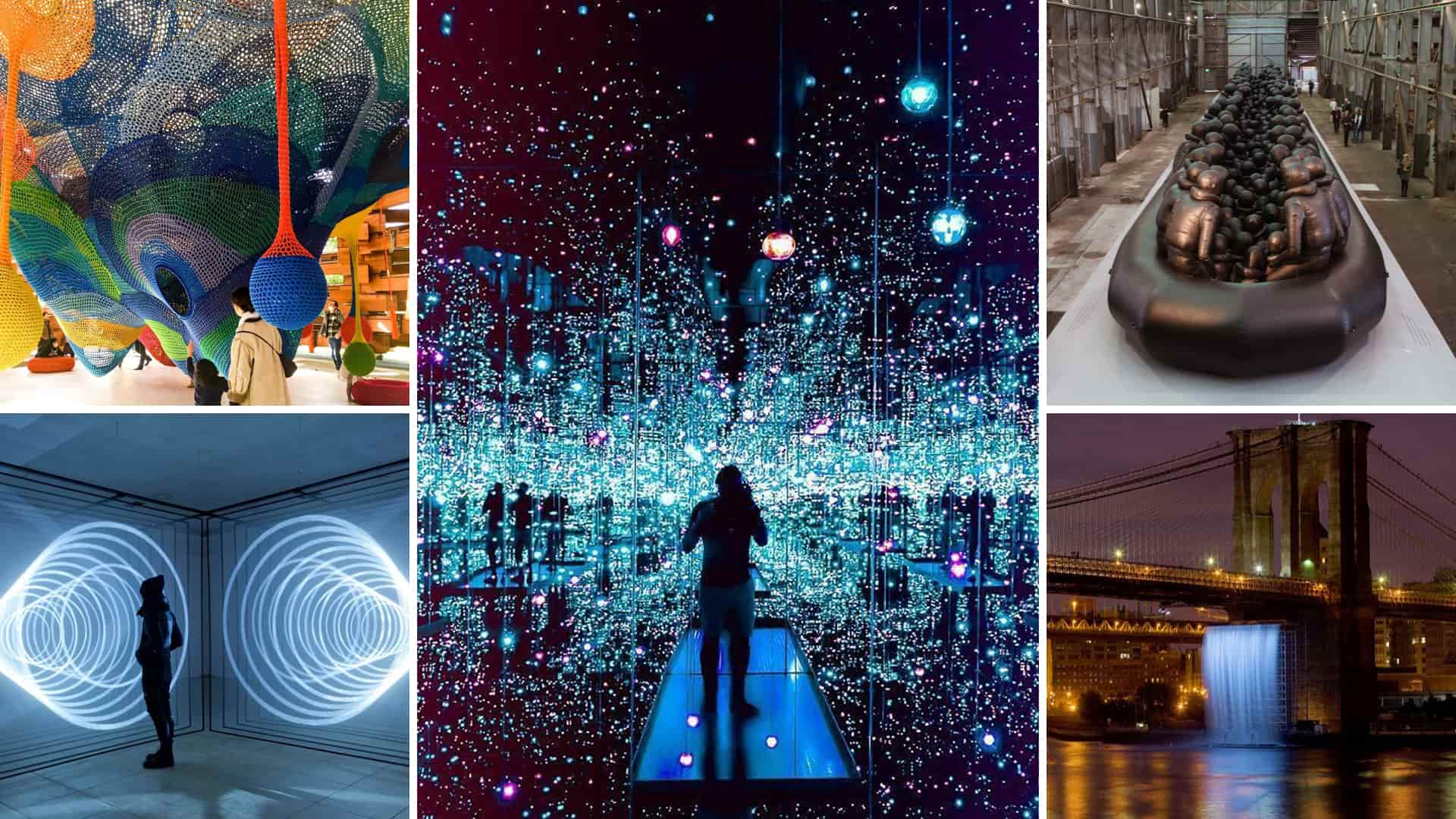Unveiling The Magic Of Art: A Journey Through Creativity And Expression
Art has always been a powerful medium of expression, connecting cultures, emotions, and ideas across generations. Whether you're an artist, collector, or simply someone who appreciates beauty, the world of art offers endless possibilities for discovery. It’s not just about painting or sculpture—it’s about telling stories and evoking feelings that words alone can't capture. So, buckle up as we dive into this fascinating realm!
Think about it—when you walk through a gallery or see a piece of street art, there’s this magical moment where you connect with the artist's vision. It’s like they’re whispering their thoughts straight into your soul. Art isn’t just decoration; it’s a conversation, a movement, and sometimes even a rebellion. And trust me, the more you explore, the deeper the rabbit hole gets.
Now, I know what you might be thinking: “Why should I care about art? Can’t I just scroll through Instagram and call it a day?” Well, my friend, art is so much more than trendy posts or viral memes. It’s a reflection of humanity, a way to challenge norms, and an invitation to see the world through someone else’s eyes. So, let’s get started on this creative journey together!
Read also:Alex Latao The Rising Star Shaping The Future Of Tech Innovation
What Exactly is Art?
Let’s break it down real quick. Art is basically anything created to communicate ideas, emotions, or experiences. It could be a painting hanging in a museum, a song playing on the radio, or even a doodle in your notebook. The beauty of art lies in its versatility—it doesn’t have to fit into a specific box or follow strict rules.
There’s this common misconception that art has to be “pretty” or “valuable” to matter. But honestly, some of the most impactful pieces are the ones that make you uncomfortable or force you to think differently. Take Banksy, for example. His work isn’t always sunshine and rainbows, but it sure makes people talk. And isn’t that what art is all about—starting conversations?
Here’s the thing: art can mean something completely different to everyone who sees it. That’s why it’s such a personal experience. You might look at a painting and feel inspired, while someone else might see it and feel confused. Both reactions are valid because art is subjective, and that’s part of its charm.
Types of Art: Broadening Your Horizon
When most people think of art, they picture paintings or sculptures. But the truth is, art comes in all shapes and sizes. Here’s a quick rundown of some popular types:
- Visual Arts: Think painting, drawing, photography, and digital art. These are the kinds of works you’d typically find in galleries or museums.
- Performing Arts: This includes theater, dance, music, and even stand-up comedy. It’s all about live performances that bring stories to life.
- Literary Arts: Books, poetry, and creative writing fall under this category. Words can paint pictures too, you know!
- Street Art: From murals to graffiti, street art transforms public spaces into canvases for expression. It’s raw, unfiltered, and often politically charged.
Each type of art has its own unique way of connecting with audiences. Some are more visual, while others appeal to our senses or intellect. But at the end of the day, they all share the same goal: to inspire and move us.
Why is Art Important?
Art matters because it helps us understand ourselves and the world around us. It’s a form of communication that transcends language and cultural barriers. Imagine trying to explain complex emotions or societal issues without art—it’d be pretty tough, right?
Read also:Alexander Posh The Untold Story Of A Rising Star
Let me give you an example. During the Civil Rights Movement in the United States, artists used their work to protest injustice and advocate for change. Music, poetry, and visual art became powerful tools for raising awareness and uniting people. Fast forward to today, and you’ll see similar movements happening all over the globe.
But art isn’t just about activism. It’s also about self-expression and personal growth. For many people, creating art is a form of therapy. It allows them to process emotions, find meaning in chaos, and connect with others on a deeper level. And honestly, who doesn’t need a little more of that in their life?
The Economic Impact of Art
Did you know that the global art market was valued at over $64 billion in 2021? That’s a lot of dough! Art isn’t just a hobby or a luxury—it’s a thriving industry that supports millions of people worldwide.
From galleries and auction houses to freelance artists and designers, the art world creates jobs and drives economic growth. Plus, cities with vibrant arts scenes tend to attract tourists, boosting local businesses in the process. So, supporting art isn’t just good for your soul—it’s good for the economy too!
Art Through the Ages
Throughout history, art has evolved alongside society. Each era brings its own style, techniques, and themes. Let’s take a quick trip back in time to see how art has changed over the centuries.
Ancient Art: Think cave paintings, hieroglyphics, and sculptures from ancient civilizations. These early forms of art were often tied to religion, mythology, or daily life.
Medieval Art: This period saw the rise of religious art, particularly in Europe. Think grand cathedrals adorned with frescoes and stained glass windows.
Renaissance Art: Ah, the Renaissance—a time of rebirth and innovation. Artists like Leonardo da Vinci and Michelangelo pushed boundaries with their masterpieces, setting the stage for future generations.
Modern Art: Fast forward to the 20th century, and you’ll find a world of experimentation. From impressionism to abstract expressionism, modern art challenges traditional notions of beauty and form.
Contemporary Art: Today, art is more diverse than ever. With advancements in technology, artists can explore new mediums and reach global audiences instantly.
Trends in Contemporary Art
If you’re into art, you’ve probably noticed some exciting trends emerging in recent years. Here are a few that stand out:
- Environmental Art: Artists are increasingly using their work to highlight climate change and environmental issues.
- Digital Art: With tools like AI and virtual reality, artists can create immersive experiences that blur the line between reality and imagination.
- Inclusivity: There’s a growing focus on diversity and representation in the art world, ensuring that all voices are heard and celebrated.
These trends reflect the changing values and priorities of our society. They show that art is not static—it grows and evolves alongside us.
Breaking Barriers: Art for Everyone
One of the coolest things about art is that it’s accessible to everyone. You don’t need a fancy degree or a big budget to appreciate it. In fact, some of the best art experiences happen when you least expect them.
Take public art, for instance. Murals, sculptures, and installations can be found in cities all over the world, offering free access to creative expression. And with platforms like Instagram and TikTok, artists can share their work with millions of people at the click of a button.
But let’s not forget about DIY art either. Whether you’re painting, writing, or crafting, creating art can be a fun and rewarding hobby. Plus, it’s a great way to relieve stress and boost your mental health. Who wouldn’t want that?
Art Education: Building the Next Generation
Teaching art in schools is crucial for fostering creativity and critical thinking. It gives students the tools they need to express themselves and solve problems in innovative ways. Unfortunately, many schools are cutting back on art programs due to budget constraints.
That’s why community organizations and online platforms are stepping up to fill the gap. They offer workshops, tutorials, and resources to help aspiring artists develop their skills. By investing in art education, we’re investing in the future of creativity itself.
Challenges Facing the Art World
Of course, no industry is without its challenges, and art is no exception. From funding issues to cultural appropriation, there are plenty of obstacles that artists face today.
Funding: Many artists struggle to make a living from their work, especially in the early stages of their careers. Grants, scholarships, and crowdfunding platforms can help, but they’re not always enough.
Authenticity: In an age of mass production and social media, maintaining authenticity can be difficult. How do you stand out in a crowded market without losing your unique voice?
Representation: Despite progress, the art world still has a long way to go when it comes to diversity and inclusion. Ensuring that all voices are represented is essential for a truly vibrant and dynamic industry.
How You Can Support Artists
Supporting artists is easier than you think. Here are a few simple ways to make a difference:
- Buy original art instead of prints or knock-offs.
- Attend local art events and exhibitions.
- Share artists’ work on social media to help them gain exposure.
- Volunteer with arts organizations or donate to causes you care about.
Every little bit helps, and together, we can create a more supportive and inclusive art community.
Conclusion: Keep Creating, Keep Inspiring
Art is more than just a hobby or a career—it’s a way of life. It connects us, challenges us, and inspires us to see the world in new ways. Whether you’re an artist, a collector, or just someone who loves beauty, there’s something in the art world for everyone.
So, what are you waiting for? Go out there and explore! Visit a gallery, try a new creative hobby, or support an artist you admire. The possibilities are endless, and the rewards are priceless.
And hey, don’t forget to leave a comment below or share this article with your friends. Let’s keep the conversation going and celebrate the power of art together!
Table of Contents
- What Exactly is Art?
- Types of Art: Broadening Your Horizon
- Why is Art Important?
- The Economic Impact of Art
- Art Through the Ages
- Trends in Contemporary Art
- Breaking Barriers: Art for Everyone
- Art Education: Building the Next Generation
- Challenges Facing the Art World
- How You Can Support Artists

